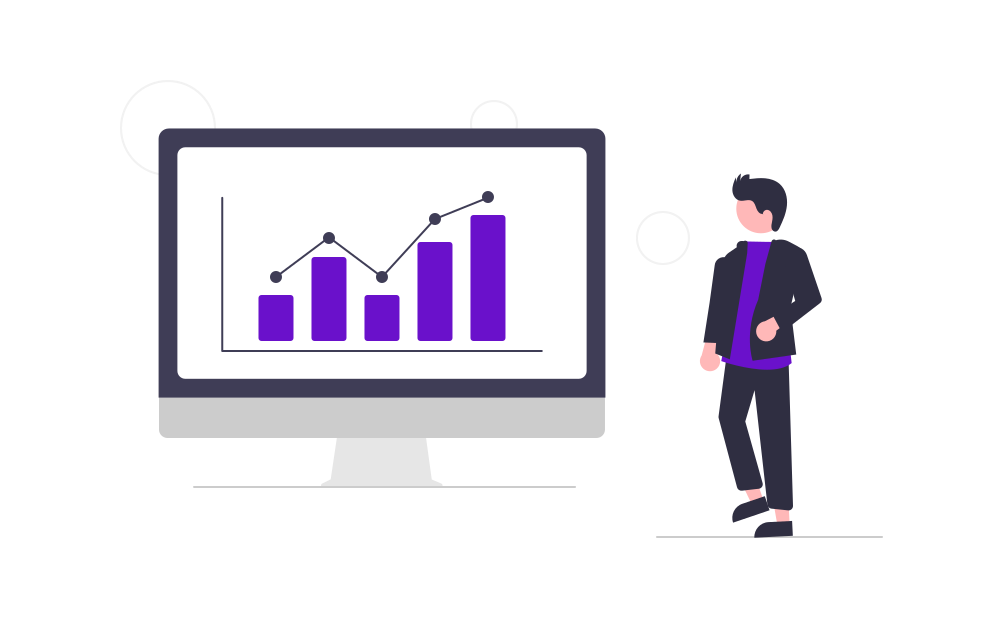In today's competitive market, knowing your audience is essential for effective marketing. Audience segmentation is a key strategy that helps marketers divide their audience into distinct groups, enabling more personalized and relevant communication. This blog will explore the techniques and benefits of audience segmentation, providing a comprehensive guide for marketers looking to enhance their strategies.
What is Audience Segmentation?
Audience segmentation involves dividing a broad consumer or business market, normally consisting of existing and potential customers, into sub-groups of consumers based on some type of shared characteristics. This process allows marketers to target these groups more effectively.
Techniques for Audience Segmentation
1. Demographic Segmentation
This method involves segmenting the audience based on demographic factors such as age, gender, income, education, and occupation. It helps in understanding who your customers are.
- Age: Tailor messages to specific age groups.
- Gender: Create gender-specific marketing campaigns.
- Income: Develop pricing strategies that match different income levels.
2. Geographic Segmentation
Geographic segmentation divides the market based on location. This can be as broad as a country or as specific as a neighborhood.
- Region: Adapt campaigns to suit regional preferences.
- Climate: Offer products that match the local weather conditions.
- Population Density: Differentiate between urban, suburban, and rural areas.
3. Psychographic Segmentation
This approach considers the lifestyle, values, attitudes, and interests of consumers. It's about understanding why they buy.
- Lifestyle: Identify activities and hobbies.
- Values and Beliefs: Align your brand with customer values.
- Personality: Tailor your tone and messaging to match different personality types.
4. Behavioral Segmentation
Behavioral segmentation is based on consumer behavior patterns as they interact with a brand.
- Purchase Behavior: Segment based on purchasing frequency and habits.
- User Status: Differentiate between new, regular, and lapsed users.
- Loyalty: Identify and reward loyal customers.
Benefits of Audience Segmentation
1. Improved Targeting
Segmentation allows for more precise targeting. By understanding the specific needs and preferences of each segment, marketers can tailor their messages to resonate more deeply with their audience.
2. Enhanced Personalization
Personalized marketing efforts are more effective because they speak directly to the individual needs and desires of consumers. Segmentation makes it possible to create highly customized content and offers.
3. Increased Engagement
When marketing messages are relevant to the audience, engagement rates increase. Segmented campaigns typically see higher open rates, click-through rates, and overall interaction.
4. Better Resource Allocation
By focusing on the most profitable segments, marketers can allocate resources more efficiently. This ensures that marketing budgets are spent on strategies that yield the highest returns.
5. Competitive Advantage
Understanding and targeting specific segments can give a brand a competitive edge. It allows for more strategic marketing and can help differentiate a brand in a crowded market.
Steps to Implement Audience Segmentation
1. Gather Data
Collect comprehensive data on your audience. This can include demographic information, purchase history, behavioral data, and psychographic details.
2. Analyze Data
Use analytics tools to identify patterns and insights within the data. Look for common characteristics and behaviors that can be used to create segments.
3. Define Segments
Based on your analysis, define clear and distinct segments. Each segment should have specific characteristics that differentiate it from the others.
4. Develop Targeted Strategies
Create marketing strategies tailored to each segment. This includes customized messages, offers, and channels that best reach each group.
5. Monitor and Adjust
Regularly monitor the performance of your segmented campaigns. Use data and feedback to adjust and refine your strategies, ensuring they remain effective over time.
Challenges in Audience Segmentation
1. Data Quality
Accurate segmentation relies on high-quality data. Ensure that your data collection methods are robust and that the information is up-to-date.
2. Integration Complexity
Integrating segmentation strategies with existing marketing systems can be complex. Work with skilled professionals to ensure smooth implementation.
3. Dynamic Markets
Consumer preferences and behaviors can change rapidly. Continuously update and refine your segments to stay relevant.
Conclusion
Audience segmentation is a powerful tool for marketers, enabling more targeted, personalized, and effective marketing strategies. By understanding and implementing various segmentation techniques, marketers can enhance engagement, optimize resources, and gain a competitive edge. Embrace audience segmentation to connect with your audience on a deeper level and drive your marketing success.


